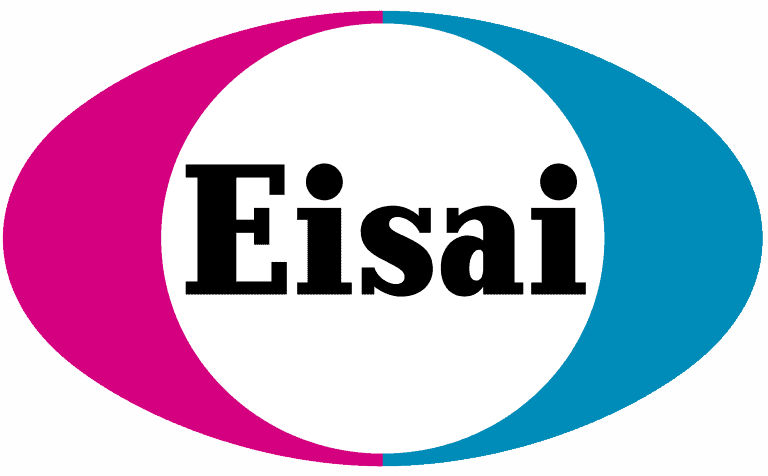The pipeline for new therapies to address Dravet syndrome in 2024 is encouraging. There are several ongoing clinical trials for potential new treatments and even more in development. In today’s blog I will highlight a compound that is being investigated in a variety of human diseases and some recent work demonstrating there may be potential for this to be therapeutic in Dravet syndrome.
4-phenylbutyrate (PBA) is an FDA-approved therapy for urea cycle disorders that acts through modulation of the urea cycle pathway. However, PBA has also been shown to belong to a class of compounds called chemical chaperones. Chemical chaperones are thought to be important for stabilizing mutant proteins (arising from genetic mutations) and helping those proteins reach the parts of the cell where they can perform their proper function rather than being stuck or broken down. This role as a chemical chaperone has led to the investigation of PBA as a therapeutic for several genetic diseases, including several genetic-based epilepsies.
The potential for PBA to reduce seizures and alleviate the impact of genetic mutations on protein function was exemplified in animal models of SLC6A1– and STXBP1-related epilepsy syndromes. These findings have led to small clinical studies to evaluate efficacy of PBA in patients with these genetic disorders. Additionally, PBA has shown some benefit in mouse models of induced seizures (with no underlying genetic mutations), suggesting that there may be additional ways PBA is beneficial in the treatment of epilepsy outside of a direct impact on a mutant protein. These studies have led researchers to question which other epilepsy syndromes PBA may benefit.
A recent study from researchers at Vanderbilt University indicated that treatment with PBA could correct some cellular deficits and reduce seizures in a mouse model of a mutation associated with Dravet syndrome in the gene GABRG2. Through various experiments, the research team was able to show that PBA is reducing the amount of mutant protein building up in the cell, promoting the mutant protein being processed correctly, and increasing the amount of protein that reaches the correct site in the cell. This might suggest that this is an effective treatment for GABRG2-associated Dravet syndrome, but would it be effective in the more common SCN1A-related diagnoses? The researchers in this study argued that it should be investigated further, given the protein processing and trafficking pathways are central cellular networks that could be impacted across multiple epilepsy syndromes. And indeed, researchers are already examining this in a SCN1A mouse model of Dravet syndrome; a poster presented at the 2023 American Epilepsy Society Meeting reported preliminary results from a small number of mice suggesting that PBA may be able to reduce premature death and seizure susceptibility in this Dravet mouse model. They still need to expand the number of mice in their study and look more closely at spontaneous seizure activity, but the results are promising.
It is still too early to say if PBA could be of benefit to patients with Dravet syndrome, but it is encouraging that preclinical work is progressing to provide insight into how this compound may improve symptoms and impact molecular pathways in animal and cell models of Dravet.
The future really does hold considerable promise when you reflect on the exciting new treatments that are being investigated for Dravet syndrome and related epilepsies. I hope we can continue to reflect throughout 2024 on the impressive progress that is occurring. Throughout the year I will continue to share more about new research into novel treatments for Dravet syndrome, highlighting research achievements, clinical trial results, and new opportunities for the community to participate in research efforts. Stay tuned through this blog, our newsletter, the DSF Family Network, and DSF social media channels.
Selected References:
Shen W, Flamm C, Delahanty AJ, et al (2023) 4-phenylbutyrate promoted wildtype GABAA receptor trafficking, reduced Endoplasmic reticulum stress and mitigated seizures in Gabrg2+/Q390X mice associated with Dravet syndrome. Epilepsia. https://doi.org/10.1111/epi.17779
Daddo N, Parent J, Ziobro J. (2023) 4-Phenylbutyrate protection against seizure related events in a mouse model of Dravet syndrome. American Epilepsy Society Meeting 2023. Abstract number 3.484. https://aesnet.org/abstractslisting/4-phenylbutyrate-protection-against-seizure-related-events-in-a-mouse-model-of-dravet-syndrome
Nwosu, G. et al. 4-Phenylbutyrate restored γ-aminobutyric acid uptake and reduced seizures in SLC6A1 patient variant-bearing cell and mouse models. Brain Commun 4, fcac144 (2022). https://doi.org:10.1093/braincomms/fcac144
Guiberson, N. G. L. et al. Mechanism-based rescue of Munc18-1 dysfunction in varied encephalopathies by chemical chaperones. Nat Commun 9, 3986 (2018). https://doi.org:10.1038/s41467-018-06507-4
Rzayev, E., Amanvermez, R., Gün, S. et al. 4-Phenylbutyric Acid Plus Valproic Acid Exhibits the Therapeutic and Neuroprotective Effects in Acute Seizures Induced by Pentylenetetrazole. Neurochem Res 47, 3104–3113 (2022). https://doi.org/10.1007/s11064-022-03662-5






